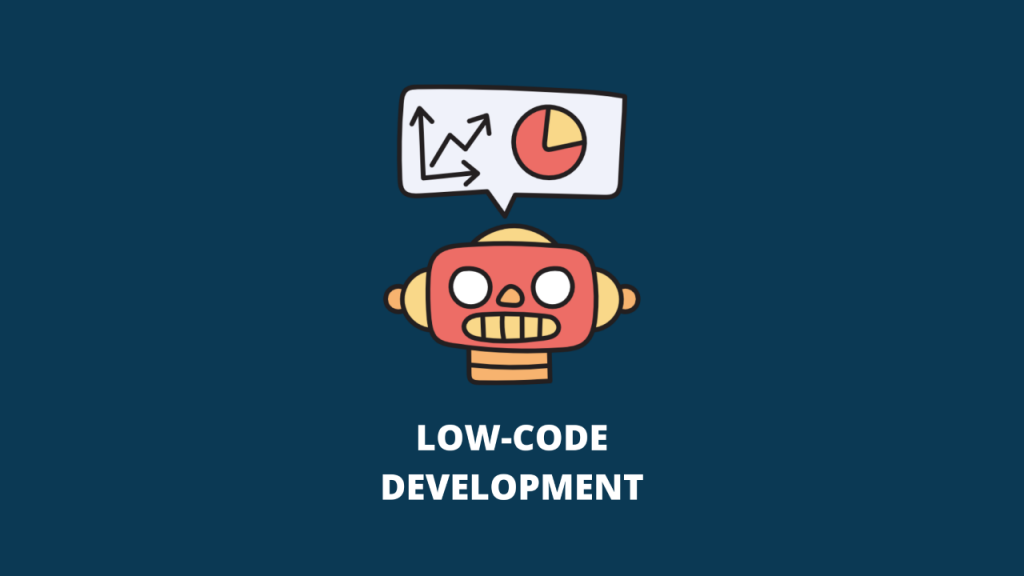
Fast paced digital world demands businesses to constantly seek efficient ways to develop applications and software solutions. Low code development has emerged as a viable option for organizations seeking rapid application development with minimal manual coding. However, some skeptical questions come up related to these platforms. One for many is, do these tools support scalable development.
In this blog, we will explore the potential of Low code tools. And will provide a brief on its capability to create scalable applications which will help in evolving business.
What is Low Code Development
Low code development platforms are visual development tools that enable developers to create applications with minimum coding and extensive use of drag-and-drop components.
Advantages
The solution promotes
- faster development,
- reduced manual coding errors, and
- ease of use for both developers & business stakeholders.
Additionally, these platforms often allow developers to add custom code when needed, combining the speed of visual development with the power of traditional coding.
Addressing Scalability Concerns
Component Reusability:
Low code emphasizes modular development. It encourages the reuse of components. These reusable building blocks significantly reduce the effort required to scale an application.
Cloud Integration:
Such tools are native to the cloud. Hence, for scalability, the cloud infrastructure is utilized which proves to be helpful in handling increased workloads and user demands.
Automated Scaling:
Some platforms offer built-in auto-scaling capabilities, automatically provisioning resources based on usage patterns, ensuring seamless performance during spikes in user traffic.
How to Ensure Scalable Development with Low Code Tool
Planning Ahead:
It is important that developers plan and design applications with future growth in mind. Analyzing potential usage patterns and considering future features is essential.
Performance Optimization:
Scalable applications demand optimized performance. Low-code developers must focus on efficient algorithms, and database optimization to handle larger datasets and user loads.
Continuous Testing:
Rigorous testing, including load testing and stress testing, is crucial to identify potential bottlenecks and weaknesses in the application’s architecture.
Conclusion
Low code development has evolved significantly and now offers a feasible option for creating scalable applications.
it simplifies and accelerates the development process, successful scalability still relies on careful planning, thoughtful architecture, and efficient optimization. These tools, when used wisely, can empower businesses to quickly adapt and expand their applications as their needs evolve, enabling them to stay competitive in an ever-changing digital landscape. Embracing the potential of Low code development while adopting best practices for scalability will undoubtedly lead to remarkable growth and success in the long run.



